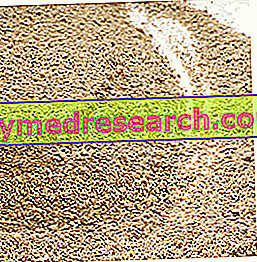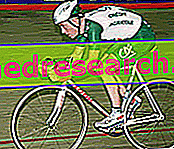Uses and environmental sustainability
Many do not know that fishmeal is a multi-purpose product, used for fertilizing agricultural land, for the nutrition of various farmed animal species (fish and land animals) and, probably, also for human nutrition.

A good part of the non-marketable remains of fishing are destined to become fishmeal, however, often an entire branch of professional activity is dedicated to it. Not surprisingly, 30% of the world catch (in one way or another) becomes fish meal for animal husbandry. Obviously, this is absolutely unsustainable behavior for the environment, both for what concerns inland waters, and for what concerns the seas of the Globe. The provenance itself, 60% of which is borne by developing countries, is an indication of how primitive the choice of using fishmeal as a feed for livestock and ichthoculture may be. Continuing to empty the oceans to feed the captive fish sounds just like a "paradox"!
Fishmeal is produced by boiling the animals or parts of them (such as processing clippings) and pressing what is obtained. The squeezing liquid is decanted and then centrifuged to eliminate fats. The water is made to evaporate, so as to be able to incorporate all the solid portion; the mixture then undergoes drying at about 80-100 ° C (the most prized fish flours undergo the most complex "indirect method" - steam at 70 ° C). With the addition of antioxidants and a final analysis of hygienic safety, the fish meal is ready.
Some types of poor quality fish meal come from species considered NOT edible, left to dry and then ground to obtain the powder.
Foods that directly or indirectly contain fish meal
It seems that only a small part of fishmeal is destined for human consumption. The circumstances in which it is performed are not entirely transparent and, among those who know them, it is a rather controversial topic. In which foods is fish meal found? What fish is it? Does it contain unwanted molecules?
In reality, it is really complex to understand "in which products" and "in what quantities" fishmeal is added. Often, this kind of products is hidden inside more complex ingredients, so as not to make them completely visible. Furthermore, while in Europe there are clear and strict laws and controls, abroad is not always the case. Probably, the one used for human nutrition is based on herring (the most valuable, of Nordic origin) and produced with the steam method; however, detailed information on the products that may contain it is not available. In my opinion, the most suspicious foods are certainly: surimi, crab claws, fish burgers and various surrogates.
If the direct use is covered by a "halo of mystery", the indirect one is absolutely clear and well documented. Fish meal, such as that of bones, horns and ox blood, is an extremely widespread fertilizer; logically, a courgette can hardly keep track of the original chemical characteristics of the fertilizer (due to the bacteria in the soil and the metabolism of the plant itself). On the other hand, this product is also widely used in fish farming and in the terrestrial breeding of pigs, poultry and, in part, cattle.
The problem in using fishmeal for animal feed derives above all from the fact that the basic organisms are constantly subjected to heavy metal contamination. Taking infinitesimal quantities of mercury with fish in the ordinary diet is generally not a problem; however, it would be different to take it also from: chicken meat, eggs, pork, beef and milk. NB . For cattle, fishmeal replaces only that of powdered milk for weaning.
A further controversy could arise taking into consideration what happened many years ago for BSE, or the "Mucca Pazza" syndrome; it was widespread precisely following the recycling of animal carcasses then used to feed the herbivores (first the sheep and then the cows), which is why (after the spread) its use was forbidden. It is hoped that such errors will no longer be committed and that, above all, serious compromises should not be awaited before better regulation is used.



